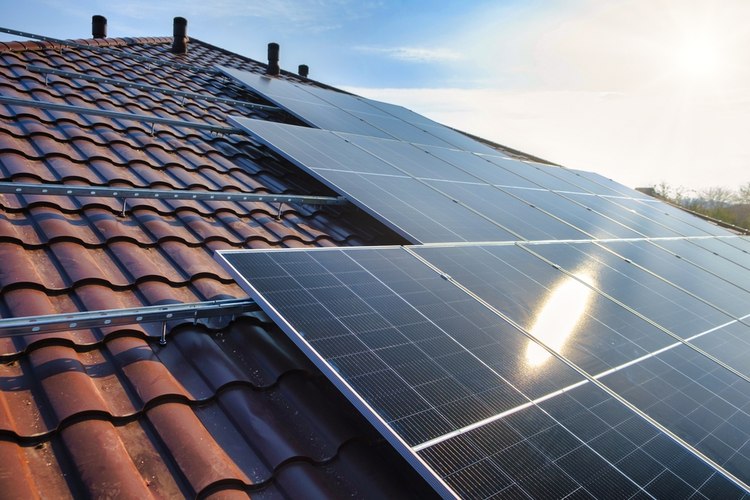Understanding Solar Panel Systems: A Comprehensive Guide
Solar panel systems represent a significant advancement in renewable energy technology, offering homeowners and businesses a sustainable way to generate electricity while reducing their carbon footprint. These systems harness the sun's energy through photovoltaic cells, converting sunlight directly into usable electrical power for homes and commercial buildings.

Essential Components of a Solar Power System
A complete solar power system consists of several crucial components working together. The main elements include solar panels, inverters, mounting equipment, and monitoring systems. Modern installations also typically include battery storage systems, allowing excess energy to be stored for use during nighttime or cloudy periods. These components work in harmony to ensure efficient energy production and distribution.
Types of Solar Panels Available
Three primary types of solar panels dominate the market: monocrystalline, polycrystalline, and thin-film panels. Each type offers distinct advantages and considerations. Monocrystalline panels provide the highest efficiency and sleek appearance but come at a premium price. Polycrystalline panels offer a good balance of cost and performance, while thin-film panels are the most affordable but require more space for installation.
Solar Panel System Costs and Return on Investment
The cost of solar panel systems varies significantly based on system size, type, and location. Below is a breakdown of typical costs and components:
| System Size | Average Cost Range | Estimated Annual Savings |
|---|---|---|
| 5kW System | $15,000 - $25,000 | $650 - $1,000 |
| 10kW System | $27,000 - $35,000 | $1,300 - $2,000 |
| 15kW System | $40,000 - $50,000 | $1,950 - $3,000 |
Prices, rates, or cost estimates mentioned in this article are based on the latest available information but may change over time. Independent research is advised before making financial decisions.
Installation and Maintenance Requirements
Professional installation is crucial for optimal system performance and safety. The installation process typically takes 1-3 days, depending on system size and complexity. Regular maintenance is minimal but important, primarily involving panel cleaning and occasional system checks. Most manufacturers recommend professional inspections every 3-5 years to ensure optimal performance.
Environmental Impact and Benefits
Solar panel systems significantly reduce greenhouse gas emissions and dependence on fossil fuels. A typical residential solar system can offset approximately 100,000 pounds of carbon dioxide over its lifetime. Beyond environmental benefits, solar installations often increase property values and provide energy independence. Many regions also offer tax incentives and rebates for solar adoption, making the investment even more attractive.






